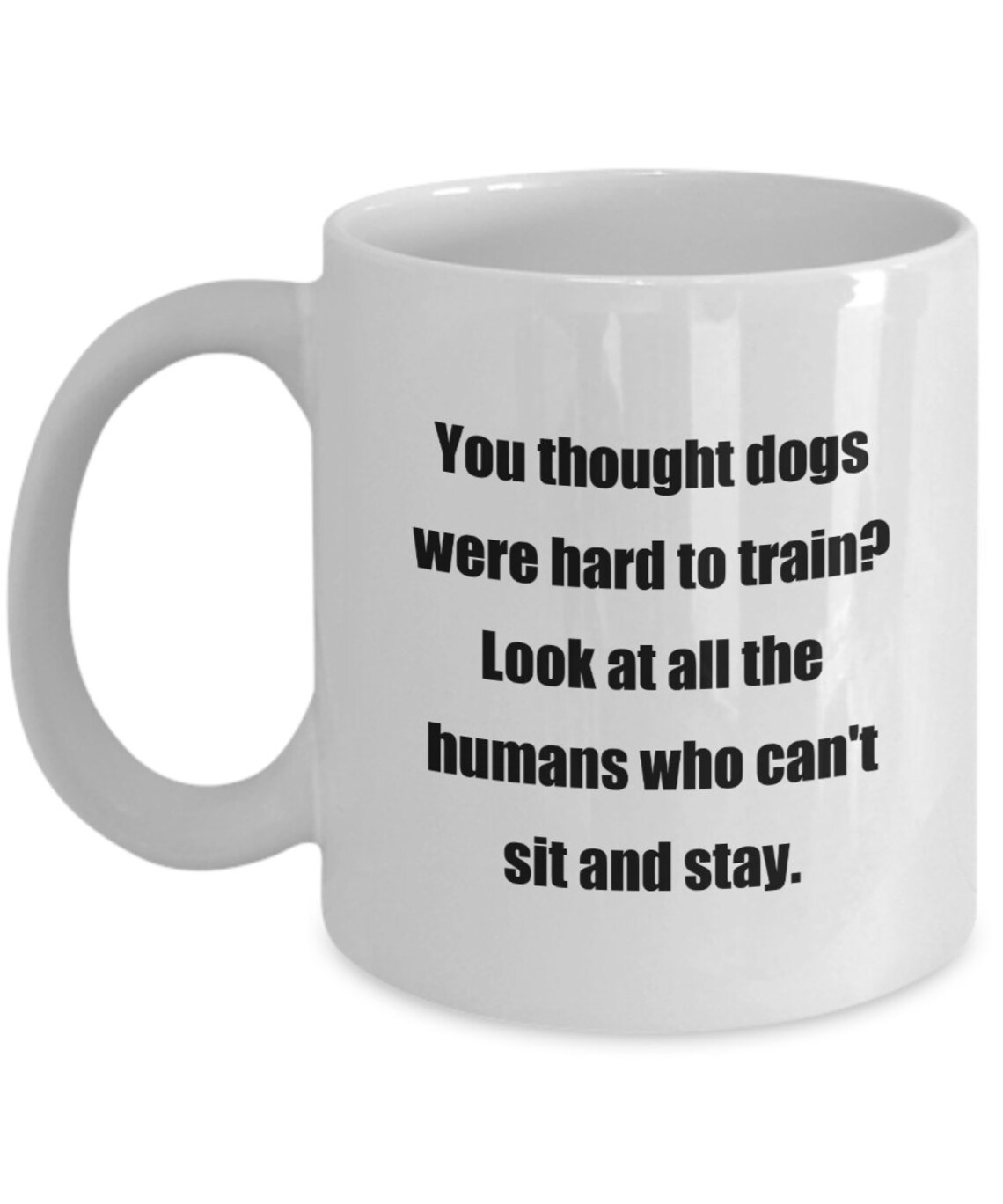


He believed that this would be the longest-standing aspect of the company’s legacy, and that attitude permeated throughout the organization. Living the Valuesįor Jobs, everything Apple did came back to core value: to make the best products in the market. He was never one to sugarcoat or beat around the bush, and while that made plenty of enemies, it never left anyone guessing where he stood. Numerous employees recount the specific direction that was given from Steve personally as well as the rebuke when it was not adhered to. His expectations were always articulated clearly and sometimes viciously. He was just as clear, albeit just as egocentric, behind closed doors. Sure, the approach was a tad self-aggrandizing, but his famed black turtleneck talks were impressive pieces of rhetoric that defined Apple’s outlook and desires for employees and the general public alike. Jobs, of course, was not without his flaws - some would call him erratic or egomaniacal, but for those who chose to follow him, he was an effective leader for several simple reasons: Clear Expectations This was the Jobs’ mantra throughout his time at the head of Apple, and not many people would argue with the resulting trajectory of the business. When Steve Jobs re-assumed the CEO position at Apple in 1997, he created a new type of culture - a no-compromise culture that would not attempt to do everything - or even many different things - but to be the very best at everything it did. But when rooted in a strong culture, employees and leadership can compliment and elevate one another, benefitting the entire organization. Those ideals are not easily won, and they can be lost in an instant.

#Thought train apple code
The relationship requires a mutual respect, reciprocal transparency and a defined code of ethics in order to work. One size does not fit all.ĭespite its difficulty to define an exact roadmap, deliberate steps to strengthen the leadership and extend its efficacy and impact help ensure employees feel empowered to improve the organization, rather than go through the motions. The hallmarks of a leader’s style are rarely a carbon copy of her or his predecessor. There is no direct or charted path to leadership, no one style of leadership that paves the path to success and there is no way of definitively identifying the future traits of an employee. “Not only this, we’re all exposed to life’s ups and downs so we want to empower rail employees to deal with confronting challenges which might be thrown their way.Leadership is perhaps the most enigmatic and eclectic piece of the Culture Framework. “Due to the nature of roles in our industry, some workers could potentially be exposed to traumatic incidents and these incidents can have lasting effects,” Mr Herbert said. The event and its call to action have been made all the more significant because of COVID-19.Ĭhairman TrackSAFE Foundation Bob Herbert AM says Rail R U OK? Day is the largest initiative recognised by the rail industry to foster a more supportive workplace. “There is a fair bit of stress and pressure that goes with the job for sure.”Įach year this annual industry-wide event inspires rail employees to look out for one another during life’s ups and downs by asking “Are you OK?” and really listening to the answer. There are also things that happen away from the job that can affect us as drivers.” “On any given day, at any given time, we’re prepared for any incident – whether it’s an accident or a trespasser. Stephen says while his job is incredibly rewarding, it can have its challenges which are often felt through the industry. When Stephen isn’t driving trains himself, he’s a teacher and mentor to trainee drivers, ensuring they’re equipped with the skills and experience needed to do the job.


 0 kommentar(er)
0 kommentar(er)
